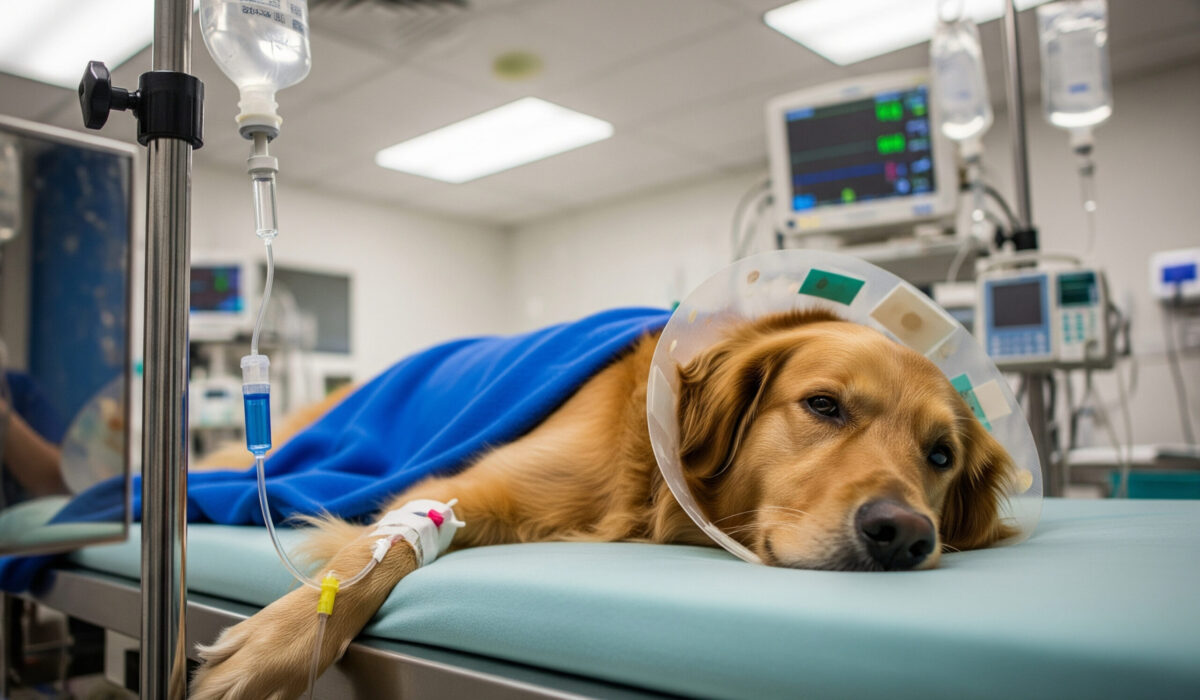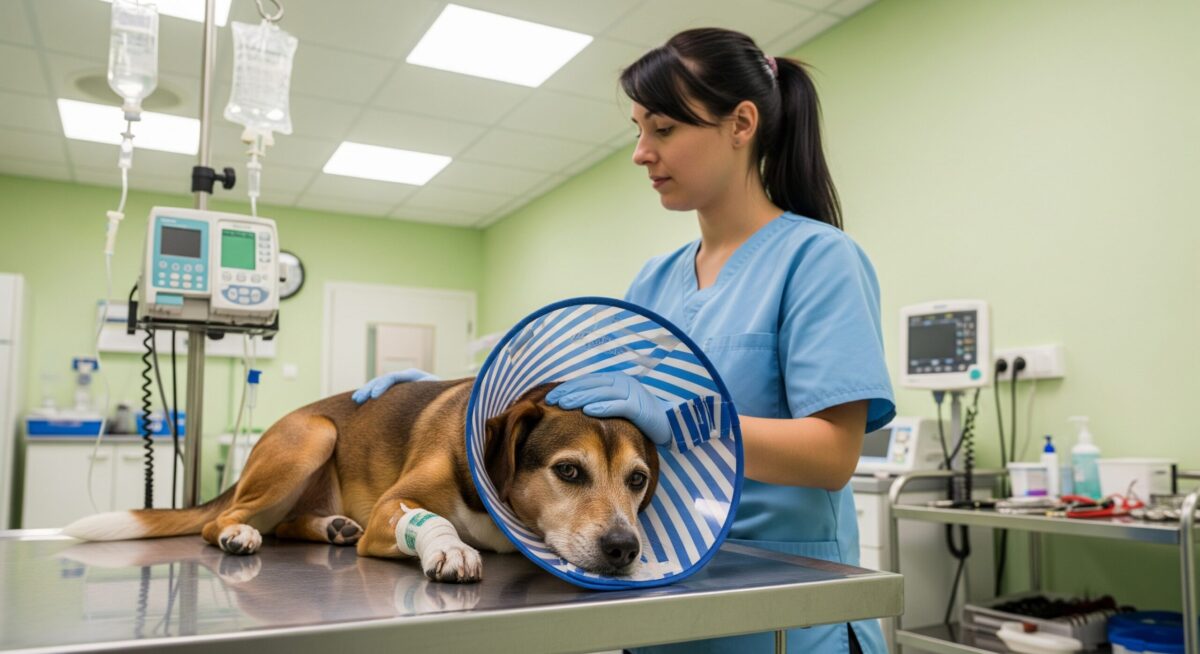Fluorescent therapy offers a targeted and non-invasive approach to treating cancer, bacterial infections, and promoting wound healing.
In veterinary medicine, innovative therapies are continuously emerging to improve the health and well-being of companion animals. One modality garnering attention among veterinary professionals is fluorescent therapy. This cutting-edge treatment harnesses the power of light to target and combat various health conditions in pets, offering a promising avenue for enhanced care and treatment outcomes.
What Is Fluorescent Therapy?
Fluorescent therapy, also known as photodynamic therapy (PDT), involves the administration of a photosensitizing agent followed by exposure to light of a specific wavelength. When activated by light, the photosensitizer generates reactive oxygen species that can selectively destroy abnormal cells, such as cancerous tumors or bacteria, while sparing surrounding healthy tissue. This targeted approach minimizes side effects and allows for precise treatment of localized lesions.
Cancer Treatment
One of the key applications of fluorescent therapy in companion animals is the treatment of cancer. By selectively targeting cancer cells with light-activated photosensitizers, veterinarians can effectively destroy tumors while preserving surrounding healthy tissue. Fluorescent therapy has shown promising results in the treatment of various cancers in pets, including skin and oral tumors, and even internal malignancies. The non-invasive nature of this therapy makes it particularly well-suited for older or debilitated animals who may not tolerate more aggressive treatment options.
Bacterial Infections
Beyond cancer treatment, fluorescent therapy also holds potential for combating bacterial infections in pets. Using photosensitizers to target and destroy bacteria can treat conditions such as skin and wound infections, and even periodontal disease. Fluorescent therapy offers a novel approach to antimicrobial treatment that may help reduce the risk of antibiotic resistance and improve treatment outcomes in pets.
Wound Healing
Fluorescent therapy has additionally been explored as a way to promote wound healing and tissue regeneration. Light-activated photosensitizers stimulate cellular repair mechanisms and promote angiogenesis, thereby accelerating the healing process and improving outcomes for pets recovering from injuries or surgical procedures. This application of fluorescent therapy has the potential to revolutionize wound care in veterinary medicine, offering a non-invasive and effective means of promoting tissue repair and regeneration.
Safety and Efficacy
While fluorescent therapy shows great promise in companion animal care, it’s important for veterinary professionals to exercise caution and expertise when implementing this treatment modality. Proper patient selection, dosage optimization, and light delivery are essential considerations for ensuring safe and effective treatment outcomes. As well, ongoing research and clinical trials are needed to further elucidate the potential applications and benefits of fluorescent therapy in veterinary medicine.
Fluorescent therapy represents a groundbreaking advancement in companion animal care. It offers a targeted and non-invasive approach to treating cancer and bacterial infections, and promoting wound healing. As veterinary professionals continue to explore and refine this innovative treatment modality, we move closer to unlocking its full potential for improving the health and well-being of our animal patients.







